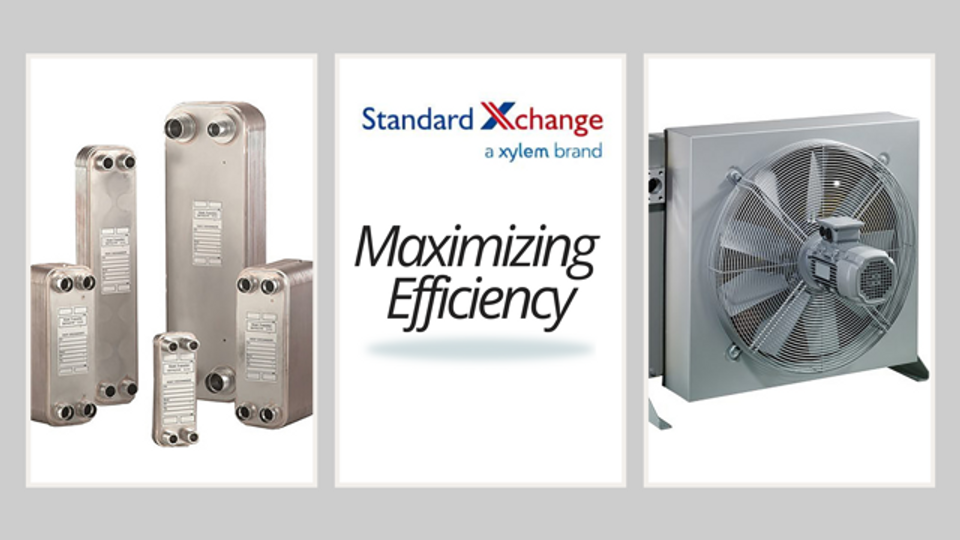Heat exchangers are crucial in many industries for controlling temperatures, but choosing the right one can make all the difference. Plate and frame heat exchangers (PFHEs) offer a compact, highly efficient solution that many companies are turning to for improved performance and cost savings.
Here's how PFHEs can transform your system’s efficiency and reliability.
The Problem: Inefficiency and High Maintenance Costs
In many systems, traditional heat exchangers, like shell-and-tube models, have limitations. They often take up more space and are less efficient at transferring heat, resulting in higher energy consumption. Additionally, maintenance on these systems can be time-consuming and costly, as accessing the inner components can be challenging.
These inefficiencies lead to increased operational costs, energy waste, and even unplanned downtime.
The Solution: Switching to Plate and Frame Heat Exchangers
PFHEs offer a smarter alternative, designed for maximum heat transfer efficiency. Here’s how they address common issues:
- Compact Design: With higher heat transfer coefficients, PFHEs require less space while still delivering excellent performance.
- Easy Maintenance: The plates can be removed easily for cleaning and servicing, reducing downtime and maintenance costs.
- Optimized Performance: Chevron or herringbone patterns on the plates increase turbulence, which boosts heat transfer rates. This translates into lower energy use and better system efficiency.
Specialized Options for Various Applications
PFHEs come in several designs to meet the needs of specific industries:
- Double-Wall Exchangers: These prevent cross-contamination, ideal for sensitive applications like hydraulic oil cooling.
- Wide-Gap Exchangers: Perfect for fluids with particulate matter, such as slurries in paper processing.
- Brazed Plate Exchangers: These units handle higher pressures and temperatures, making them suitable for challenging environments.
Conclusion: The Future of Heat Transfer Efficiency
By switching to a plate and frame heat exchanger, industries can achieve better heat transfer rates, reduce energy consumption, and lower operational costs. Whether you’re dealing with heating, cooling, or even corrosive materials, PFHEs are a reliable and cost-effective choice.

